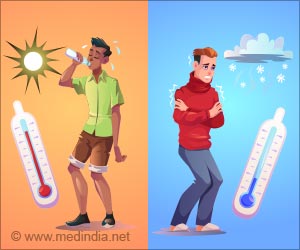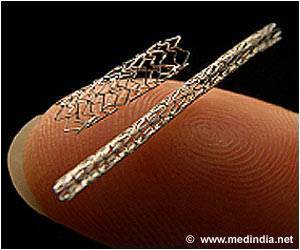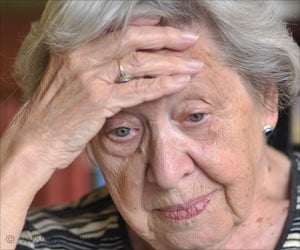Analyzing the health data of adults who had heart attacks showed that experiencing moderate or extreme pain after a year could increase their chance of dying.

TOP INSIGHT
Heart attack survivors who had extreme pain were more than twice as likely to die compared to those who reported no pain.#HeartAttack #HeartDisease #ChestPain
Pain After Heart Attack Points to Worse Long-Term Survival
Pain causes significant loss of function and may lead to disability, all of which contribute to major, global public health issues. Research indicates that pain is linked to a higher risk of cardiovascular disease and overall death (1✔ ✔Trusted SourceMortality and morbidity trends after the first year in survivors of acute myocardial infarction: a systematic review
Go to source).
However, the impact of pain on death after a heart attack has not yet been examined in large studies. Thus, researchers aimed to examine various levels of pain severity one year after a heart attack as a potential risk for all‐cause mortality.
The analysis of health data for more than 18,300 adults who had a heart attack, from the Swedish quality registry called SWEDEHEART, found nearly 45% of the participants reported moderate or extreme pain one year after their heart attack.
Adults in the study were younger than 75 years of age (average age was 62, 24.5% women) and had heart attacks between 2004 to 2013.
Data on pain from a two-month follow-up visit and a participant questionnaire completed one year after their heart attack was assessed to gauge if they had no, moderate, or extreme pain. The pain they reported was more likely to be due to other health conditions.
Co-occurrence of Chronic Musculoskeletal Pain and Cardiovascular Diseases: A Systematic Review with Meta-analysis
Go to source).
Those with moderate pain were 35% more likely than those with no pain to die from any cause during the study period of 8.5 years. Those who reported extreme pain were more than twice as likely to die during the 8.5 study period, compared to heart attack survivors who had no pain.
After a heart attack, it is important to assess and recognize pain as an important risk factor for future mortality (3✔ ✔Trusted Source
Mortality among persons experiencing musculoskeletal pain: a prospective study among Danish men and women
Go to source). In addition, severe pain may be a potential obstacle to rehabilitation and participation in important heart-protective activities such as regular exercise; reduced or lack of physical activity, in turn, increases risk.
For patients with pain, it is of particular importance to reduce other risk factors, such as smoking, high blood pressure, and high cholesterol levels.
References:
- Mortality and morbidity trends after the first year in survivors of acute myocardial infarction: a systematic review - (https://bmccardiovascdisord.biomedcentral.com/articles/10.1186/s12872-017-0482-9)
- Co-occurrence of Chronic Musculoskeletal Pain and Cardiovascular Diseases: A Systematic Review with Meta-analysis - (https://academic.oup.com/painmedicine/article/21/6/1106/5582704)
- Mortality among persons experiencing musculoskeletal pain: a prospective study among Danish men and women - (https://bmcmusculoskeletdisord.biomedcentral.com/articles/10.1186/s12891-020-03620-8)
Source-Eurekalert
 MEDINDIA
MEDINDIA




 Email
Email










